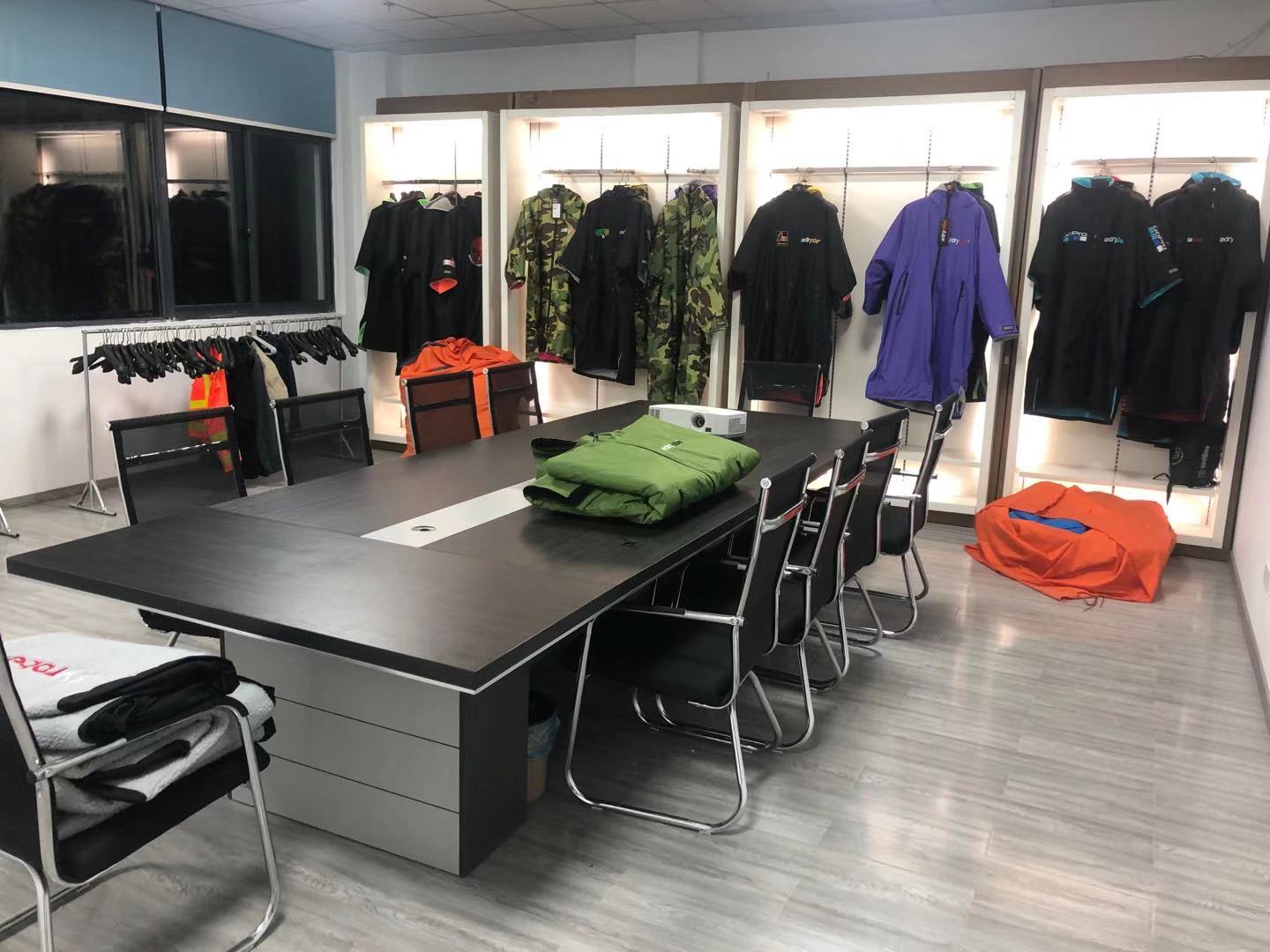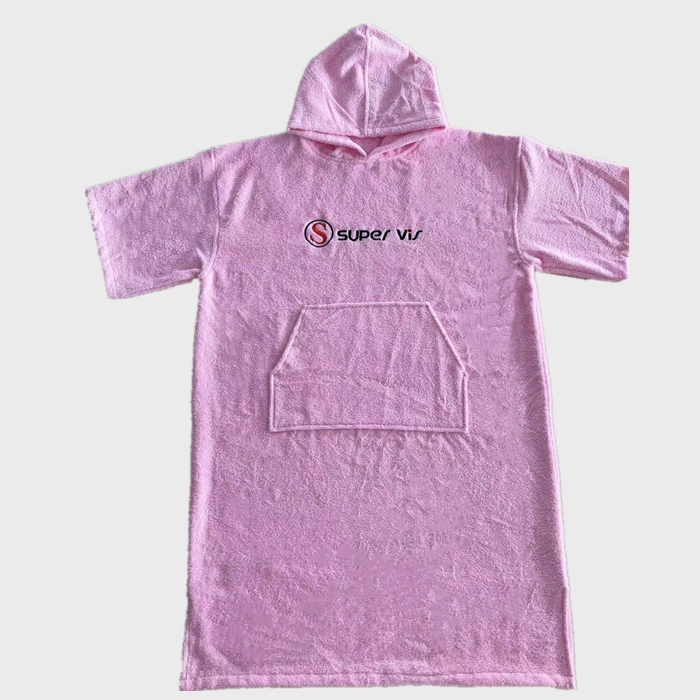Plastic greenhouses cultured jaundice
Cultivating astragalus in a plastic greenhouse allows for year-round production, making it an efficient and sustainable method. Soilless aquaculture not only helps control diseases but also significantly boosts profitability. The ideal temperature for astragalus growth is between 27°C and 30°C. Plastic greenhouses can maintain this range naturally during spring, summer, and autumn without the need for additional heating. Even in winter, the temperature inside the greenhouse can stay around 20°C on average. Maintaining a continuous flow of water in the rearing ponds ensures good water quality and prevents deterioration.
First, constructing the breeding pond:
1. Open feeding ponds are ideal for areas with consistent warm water supply. They offer stable flow rates and are suitable for large-scale operations, though they have regional limitations. These ponds are typically built with bricks and cement, with each pool covering 10-20 square meters, a depth of 40 cm, and a width of 1-2 meters. A 20-40 cm gap is left between pools. Each pool has two inlet and two outlet pipes, 3-4 cm in diameter, positioned at the same height as the pool’s bottom. One drain pipe is placed 5 cm above the bottom, with metal mesh to prevent escape. Several tanks are arranged together into one unit, ideally no more than 500 square meters per unit.
2. Closed-loop filter ponds are better suited for urban areas or regions with limited water supply. They allow for water reuse, reduce consumption, and make temperature control easier, although the initial investment is higher. The construction process is similar to open ponds, but additional components like aeration tanks, sedimentation units, and pumping systems are required.
Second, introducing the species:
After building the pools, drain them completely, fill with water, and let it soak for 5-7 days before draining again. Then seal the bottom drains. Keep a small amount of flowing water in each pool, with a depth of about 5 cm. Before stocking, soak the astragalus in a 10 ppm malachite green solution for 20-30 minutes to disinfect and remove parasites. Adjust the soaking time based on the fish's tolerance. Once disinfected, stock the fish at a rate of 4-5 kg per meter, ensuring that all fish in the pool are of similar size to avoid predation by larger individuals.
Third, feeding:
Astragalus is a carnivorous fish that prefers fresh food. After stocking, feed chopped snails, frogs, or other meats at the feeding station, while increasing water flow slightly. Start with 1-2% of the total weight of the fish. Check the next morning; if all food is consumed, increase the feeding amount to 2-3%, and gradually go up to 5%. As the fish grow, introduce more varied feeds like larvae, cooked organ meats, fish meal, soybean cake, and rice bran to reduce costs. Ensure that the feed contains 35-40% protein. Feed once daily, preferably at 8-9 AM and 2-3 PM, when the fish are most active.
Fourth, daily management:
With a plastic greenhouse, water remains clear, and with proper feeding, disease outbreaks are rare. However, it's important to guard against predators like rats and snakes. Over time, you may notice uneven growth within the same pool, so separating the fish into different groups is necessary. After 5-6 months of rearing, the fish can be harvested, typically at a size of 6-10 per kilogram, with a survival rate exceeding 90%.
Fifth, disease prevention:
Although this cultivation method is relatively disease-free, some common issues should still be monitored:
1. Cold disease: Caused by sudden temperature changes when adding new water. Prevent this by stabilizing the water temperature gradually.
2. Capillary nematode disease: This parasite affects the fish’s body, causing weight loss and swelling. Treat with 0.1% trichlorfon (90%) mixed into the feed for six consecutive days.
3. Plum spot: Characterized by small, sore-like spots on the fish. Disinfect the water regularly using 10 grams of bleach per cubic meter, or use lime or malachite green for added protection.
By following these steps, you can ensure a healthy and productive astragalus farming system.
100% cotton Surf Poncho, 100% polyester surf poncho, recycled waffle towel robe, dry robe poncho are all available.
We support sample to check the quality first.
We support sample to check the quality first.
Our towel poncho features:
1. soft big hood
2. kangaroo pocket at the front
3. customized design and logo


Custom Surf Poncho,Customized Logo Surf Poncho,Print Logo Dry Poncho,Kids Cartoon Swim Poncho
Suzhou Golden Gamrnet MFG Co.,Ltd , https://www.svchangerobe.com